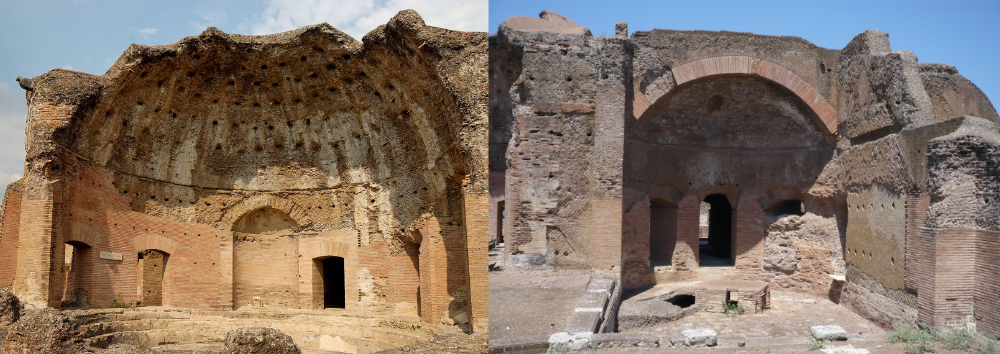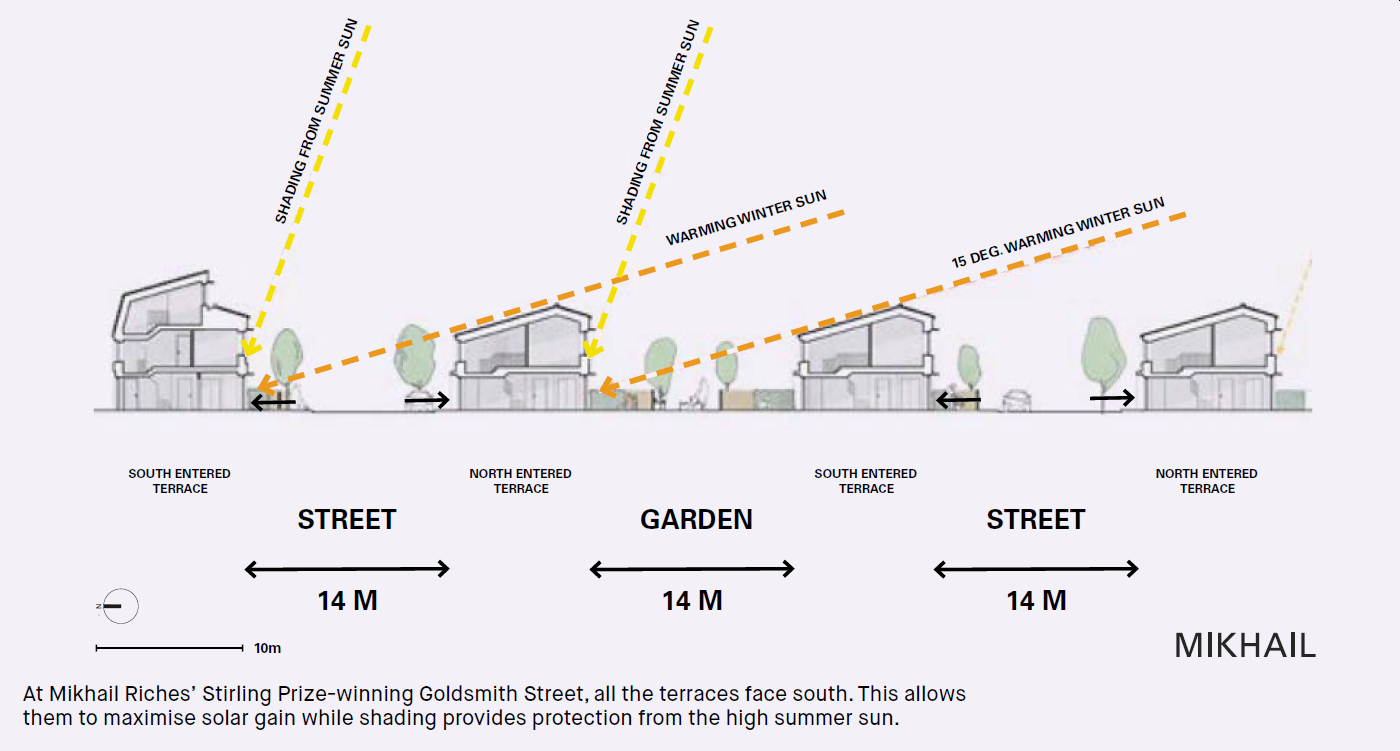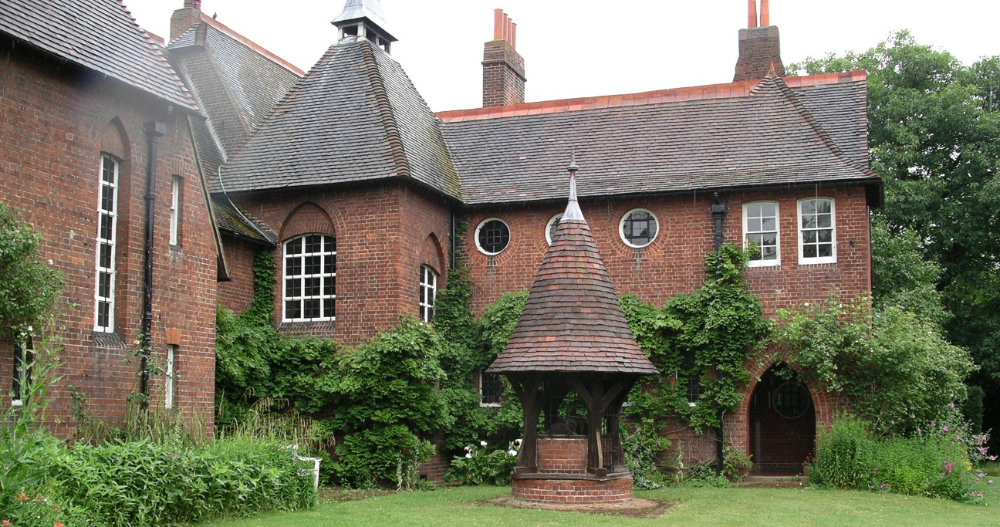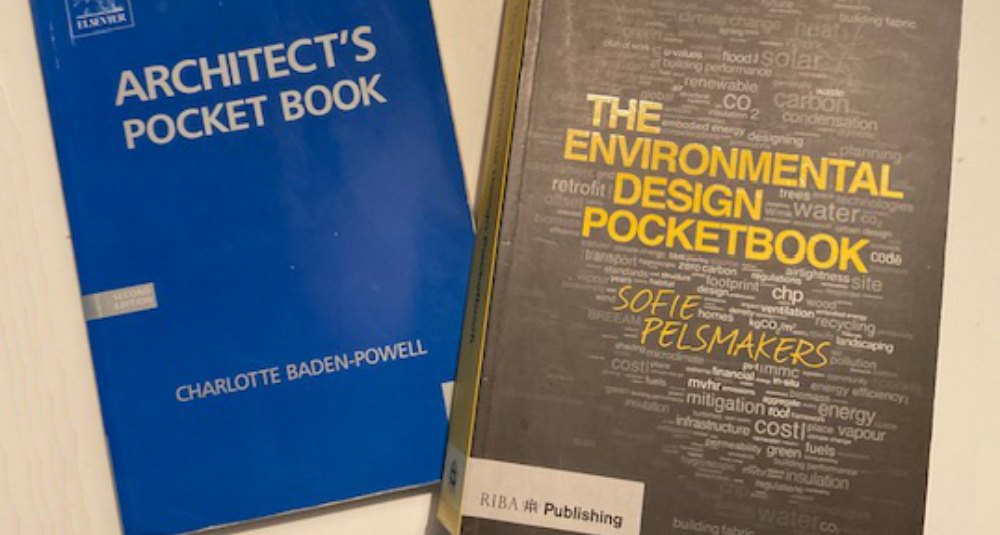Environmental design
Early environmental design focused on solar energy, orienting and designing buildings to maximise the benefit of solar access. It is said that around 500 BCE, ancient Greece had exhausted its supply of wood for fuel, which led to the designof environmentally oriented buildings to maximise localised energy. The Greeks as well as the Romans developed solar-oriented and early-glazed building forms to capture energy from the local environment. An early term describing this is heliocaminus, which means a solar furnace, glass-enclosed sun room, or winter garden designed to remain warmer than the external temperature year-round, often to extend the growing season.
Solar gain is short-wave radiation from the sun that heats a building, either directly through an opening such as a window or indirectly through the fabric of the building. Solar design (or passive solar design) is an aspect of environmental design that focuses on maximising the use of heat energy from solar radiation. Radiation from the sun is predominately short-wave infrared, which is able to pass through glazing and heat the internal spaces. Long-wave infraredradiation that is then re-radiated by the heated fabric of a building is unable to pass back through the glazing, so heataccumulates in the interior, warming the spaces. Solar orientation considers how a building is oriented to best benefit from the movement of the sun, as can still be seen in the east-to-west street grid patterns of ancient Greek cities, leaving dwellings facing north to south. Solar access usually refers to the layout of buildings and openings in sections to benefitfrom lower-level winter sun while also minimising higher-level solar access in summer months that may result in overheating.
In terms of modern design, early proponents of what might be considered environmental thinking and, in turn, design (or sometimes bio-inspired design) were the English Victorian writer, philosopher, and art critic John Ruskin and the designer associated with the Arts and Crafts movement, William Morris. In one of his most celebrated works, The Stones of Venice, the chapter The Nature of Gothic distils Ruskin's viewpoint or design code as the moral elements of Gothic being: savageness, love of change, love of nature, disturbed imagination, obstinacy, and generosity.
It was this work of Ruskin that inspired the deep connection with nature and the environment that developed in the workof William Morris, along with the promotion of hand crafts over rapid mechanisation, represented by the Arts and Crafts movement. As such, they are considered in many ways to have foreseen the environmental as well as social impacts the industrial revolution of the Victorian era had on humans and the environment.
Today, environmental design can be used as both a generic term with broader considerations as well as a technical term to describe design analysis (as well as software tools) that assess and optimise how a building interacts with its environment to achieve efficiency in design. While this may incorporate design techniques and the analysis of solar orientation, natural ventilation, thermal performance, and so on, it can also extend to the consideration of a broader range of impacts. These could include any impacts that the built environment has on the local and global environment, from where the building is sited, the materials and fuels used for its construction, to the running of the buildingonce it ise complete, the way it is occupied during its lifetime, and how it is dealt with at the end of its useful life.
The term ecological design might be used more specifically to describe these wider considerations, to design buildingsthat give consideration to environmental impacts over a lifecycle. Similarly, the term sustainable or sustainable designmight be used more holistically to describe these wider impacts, including environmental design to reduce impacts on the built environment. The term was more formally defined by the 1983 Brundtland Commission of the UN Commissionon Environment and Development.In her book The Environmental Design Pocket Book, Sofie Pelsmakers divides what she calls 'environmental aspects of sustainability' into a wide range of different areas, covering the broad extent to now be considered within this topic.
- CO2, climate change mitigation, and the building industry
- Design strategies and adaptations for a changing climate
- Environmental site planning
- Urban greenery and biodiversity
- Water and flooding
- The internal environment: space, warmth, light, and air
- The building fabric
- Retrofit of existing housing stock
- Key details
- Energy supply and demand
[edit] Related articles on Designing Buildings
- Albedo.
- Bedzed.
- Building Transformation: concepts and definitions.
- Building fabric.
- Circular Construction in Regenerative Cities (CIRCuIT).
- Circular economy.
- Cool roofs.
- Design life.
- Designing daylight solutions for commercial buildings.
- Earth overshoot day.
- Ecological impact assessment.
- Economic sustainability.
- Emissivity.
- EN 17037 Daylight in buildings.
- G-value.
- Life.
- Low-e glass.
- Natural ventilation.
- Part L.
- Passive building design.
- Product-life extension: product-life factor.
- Reduce, reuse, recycle.
- Regenerative design.
- Shading coefficient.
- Solar chimney.
- Solar heat gain coefficient.
- Solar photovoltaics.
- Solar shading.
- Solar thermal panels.
- Sustainable materials.
- Sustainable procurement.
- Thermal comfort.
- Thermal mass
- Thermal optical properties.
- Trombe wall.
- Urban heat island effect.
- Visible light.
[edit] External Links
https://www.ribabooks.com/environmental-design-pocketbook_9781859465486
https://www.ribabooks.com/architects-pocket-book_9781032414119
Featured articles and news
A change to adoptive architecture
Effects of global weather warming on architectural detailing, material choice and human interaction.
How big is the problem and what can we do to mitigate the effects?
Overheating guidance and tools for building designers
A number of cool guides to help with the heat.
The UK's Modern Industrial Strategy: A 10 year plan
Previous consultation criticism, current key elements and general support with some persisting reservations.
Building Safety Regulator reforms
New roles, new staff and a new fast track service pave the way for a single construction regulator.
Architectural Technologist CPDs and Communications
CIAT CPD… and how you can do it!
Cooling centres and cool spaces
Managing extreme heat in cities by directing the public to places for heat stress relief and water sources.
Winter gardens: A brief history and warm variations
Extending the season with glass in different forms and terms.
Restoring Great Yarmouth's Winter Gardens
Transforming one of the least sustainable constructions imaginable.
Construction Skills Mission Board launch sector drive
Newly formed government and industry collaboration set strategy for recruiting an additional 100,000 construction workers a year.
New Architects Code comes into effect in September 2025
ARB Architects Code of Conduct and Practice available with ongoing consultation regarding guidance.
Welsh Skills Body (Medr) launches ambitious plan
The new skills body brings together funding and regulation of tertiary education and research for the devolved nation.
Paul Gandy FCIOB announced as next CIOB President
Former Tilbury Douglas CEO takes helm.
UK Infrastructure: A 10 Year Strategy. In brief with reactions
With the National Infrastructure and Service Transformation Authority (NISTA).
Ebenezer Howard: inventor of the garden city. Book review.
Airtightness Topic Guide BSRIA TG 27/2025
Explaining the basics of airtightness, what it is, why it's important, when it's required and how it's carried out.


























